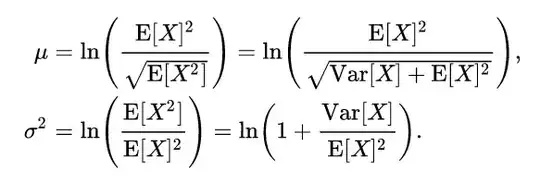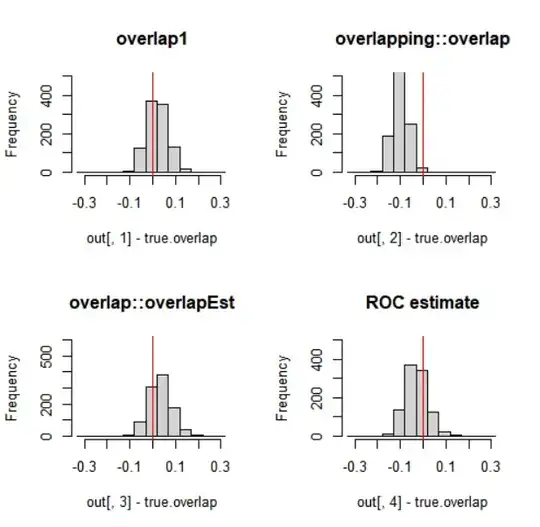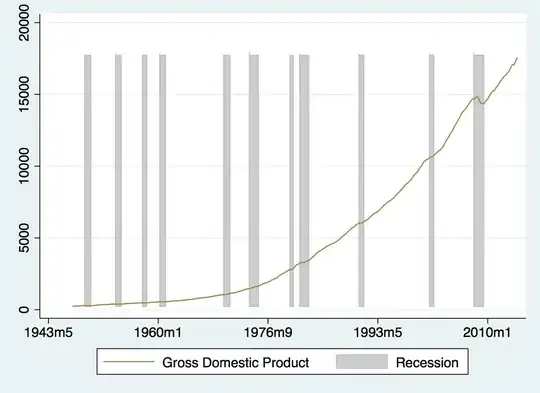Initially I was thinking you did want the horizontal asymptotes at $0$ still; I moved my original answer to the end. If you instead want $\lim_{x\to\pm \infty} f(x) = \pm\infty$ then would something like the inverse hyperbolic sine work?
$$
\text{asinh}(x) = \log\left(x + \sqrt{1 + x^2}\right)
$$
This is unbounded but grows like $\log$ for large $|x|$ and looks like

I like this function a lot as a data transformation when I've got heavy tails but possibly zeros or negative values.
Another nice thing about this function is that $\text{asinh}'(x) = \frac{1}{\sqrt{1+x^2}}$ so it has a nice simple derivative.
Original answer
$\newcommand{\e}{\varepsilon}$Let $f : \mathbb R\to\mathbb R$ be our function and we'll assume
$$
\lim_{x\to\pm \infty} f(x) = 0.
$$
Suppose $f$ is continuous. Fix $\e > 0$. From the asymptotes we have
$$
\exists x_1 : x < x_1 \implies |f(x)| < \e
$$
and analogously there's an $x_2$ such that $x > x_2 \implies |f(x)| < \e$. Therefore outside of $[x_1,x_2]$ $f$ is within $(-\e, \e)$. And $[x_1,x_2]$ is a compact interval so by continuity $f$ is bounded on it.
This means that any such function can't be continuous. Would something like
$$
f(x) = \begin{cases} x^{-1} & x\neq 0 \\ 0 & x = 0\end{cases}
$$ work?


